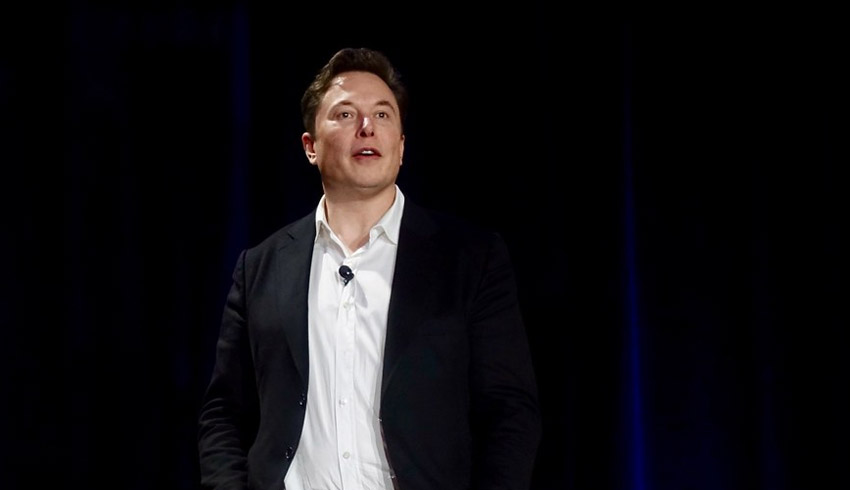
In a media briefing in Texas late last week, the SpaceX chief executive said test flights of Starship would begin in one to two months and it could reach orbit in as little as six months.
Starship, he said, would take off and fly to 65,000 feet, about 20 kilometres. After that flight, it might move directly to an orbital flight using a Starship prototype and a Super Heavy rocket booster.
“This is going to sound totally nuts, but I think we want to try to reach orbit in less than six months,” Musk said.
Starship is a large nine-metre diameter, 55-metre fully reusable craft with a dry mass of 85 tonnes. It’s powered by six SpaceX Raptor rocket engines.
Musk’s vision is that it will be able to reach the moon or Mars, after in-orbit refuelling, carrying passengers or cargo. It will be able to re-enter Earth’s atmosphere and then land vertically near where it started.
Initial test flights will all be uncrewed. Musk said first crewed flights could occur as early as next year.
Beyond the schedule for test flights, Musk made few major announcements at the event.
In his presentation, Musk went into considerable technical detail of the Starship design including explaining why the company switched from carbon composites to 301 stainless steel for Starship construction.
Steel, he said, was a better choice for high temperatures than lightweight carbon composites.
“A 301 stainless steel rocket is actually the lightest possible reusable architecture,” Musk said. It was also much cheaper.
“It’s a good thing we changed from carbon fibre to steel, by far,” he said.
SpaceX faces other challenges. One is the US Federal Aviation Administration, which licenses commercial space launches.
FAA approved a single flight of the SpaceX Starhopper in late August but the company doesn’t yet have approval for Starship test fights.
Musk said the FAA wanted to make sure this was safe, as did he.
“I feel pretty optimistic about things. I don’t see any fundamental obstacles,” he said.
The SpaceX launch site is also close to the south Texas town of Boca Chica Village, whose residents also get a say.
Musk is seeking to buy them out.
“Over time, it’s going to be quite disruptive to living in Boca Chica Village, because it’ll end up needing to get cleared for safety a lot of times. Probably over time it would be better to buy out the villagers, and we’ve made an offer to that effect,” he said.
Then there’s NASA. There’s been criticism that SpaceX has been too focused on Starship and insufficiently on the NASA funded Crew Dragon program to restore orbital human space flight
NASA administrator Jim Bridenstine quite pointedly suggested SpaceX needed to get a move along.
“NASA expects to see the same level of enthusiasm focused on the investments of the American taxpayer. It’s time to deliver,” he said in a statement last week.
Receive the latest developments and updates on Australia’s space industry direct to your inbox. Subscribe today to Space Connect here.








